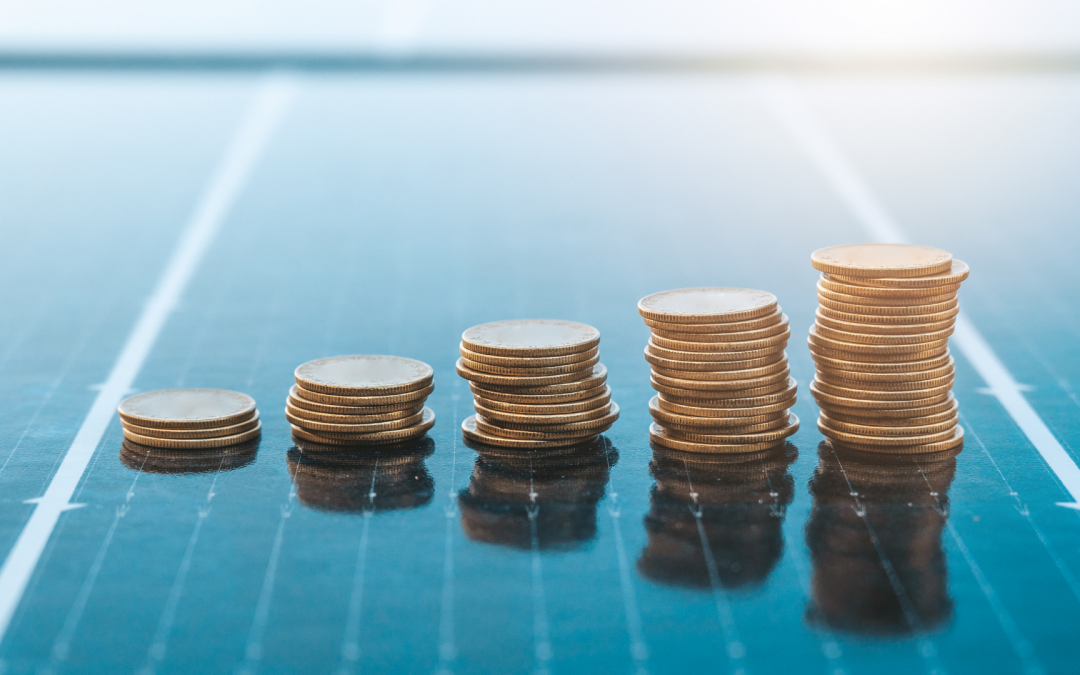As the push for renewable energy grows in the Mid-Atlantic region, more homeowners in Virginia, Maryland, Washington, D.C., Delaware, and Pennsylvania are considering solar energy to reduce their electricity bills and carbon footprint. However, one of the most common questions homeowners face is: “How should I pay for my solar panels?” There are three primary solar financing options available—leasing, taking out a loan, or purchasing outright. Each option has its benefits and drawbacks, and the best choice depends on your financial situation, energy goals, and long-term plans.
Option 1: Leasing a Solar System
A solar lease allows homeowners to install solar panels with little to no upfront cost. Instead of buying the system, you pay a fixed monthly fee to a third-party company that owns and maintains the system. This can be a great option for homeowners who want the benefits of solar energy without the responsibility of ownership.
Pros of Leasing:
- Low upfront cost – Most solar leases require little to no money down.
- Maintenance included – The leasing company is responsible for repairs and maintenance.
- Immediate savings – Monthly lease payments are often lower than electricity bills, leading to instant energy cost savings.
Cons of Leasing:
- No ownership benefits – You do not own the solar system, meaning you don’t qualify for federal or state incentives.
- Long-term costs – Over time, lease payments may exceed the cost of purchasing a system.
- Selling complications – If you sell your home, the lease must be transferred to the buyer, which can be a hurdle in the real estate process.
Option 2: Solar Loans
For homeowners who want to own their solar panels without paying the full cost upfront, a solar loan is a popular financing option. Solar loans work similarly to home improvement loans, allowing you to finance the cost of your system and pay it off over time.
Pros of Solar Loans:
- Ownership benefits – You own the system and can take advantage of tax credits, incentives, and increased home value.
- No large upfront payment – Loans allow homeowners to go solar with minimal initial costs.
- Lower long-term cost – Once the loan is paid off, you benefit from free solar energy for the lifespan of the system (25+ years).
Cons of Solar Loans:
- Interest payments – Depending on your loan terms, you may pay more over time due to interest.
- Credit requirements – Some loans require a strong credit score to qualify for the best rates.
- Maintenance responsibility – Unlike leasing, you are responsible for maintaining and repairing the system.
Option 3: Buying a Solar System Outright
If you have the financial resources, purchasing a solar system outright provides the greatest long-term savings and return on investment (ROI). While the upfront cost is higher, owning your system allows you to take full advantage of tax incentives and eliminates monthly payments.
Pros of Buying:
- Maximized savings – Avoid monthly payments and enjoy free solar energy after the payback period (typically 6-10 years).
- Full incentive access – Qualify for the federal solar Investment Tax Credit (ITC), state rebates, and local incentives.
- Increased home value – Homes with owned solar systems are more attractive to buyers and sell at higher prices.
Cons of Buying:
- High upfront cost – Purchasing a system can require an investment of $15,000-$30,000 before incentives.
- Longer break-even period – It may take several years to recoup your investment through energy savings.
- Maintenance responsibility – While solar panels require minimal upkeep, any maintenance or repairs are the homeowner’s responsibility.
Choosing the Right Option for Your Home
The best financing option depends on your financial situation and energy goals:
- If you want the lowest upfront cost and no maintenance responsibility, leasing might be the best choice.
- If you want to own your system but need flexible payments, a solar loan is a strong option.
- If you have the funds available and want the highest ROI, purchasing outright is the best investment.
Solar Incentives in the Mid-Atlantic Region
Each state in the Mid-Atlantic offers incentives to make solar more affordable:
- Virginia – Net metering and solar renewable energy credits (SRECs) help offset costs.
- Maryland – Offers grants and SRECs through the Maryland Energy Administration.
- Washington, D.C. – Has one of the highest SREC values in the nation, making solar a lucrative investment.
- Delaware – Provides rebates and low-interest loans for solar installations.
- Pennsylvania – Features net metering and SRECs that make solar financially attractive.
Final Thoughts
Switching to solar energy is a smart investment, and choosing the right financing option can make the process even more beneficial. Whether you lease, take out a loan, or buy your solar system outright, the Mid-Atlantic region offers strong incentives and programs to support your transition to renewable energy. Carefully evaluate your budget, long-term goals, and available incentives to make the best decision for your home and future energy savings.
If you’re ready to explore solar energy options in Virginia, Maryland, D.C., Delaware, or Pennsylvania, contact a reputable local solar installer to discuss the best plan for you!


Recent Comments